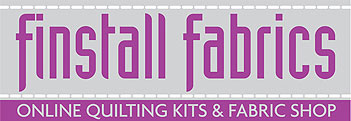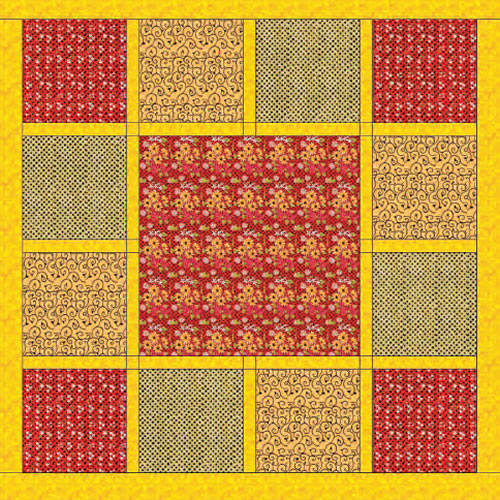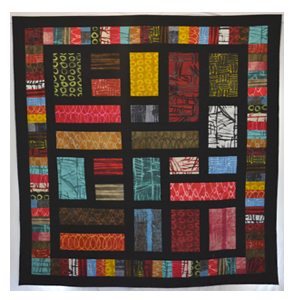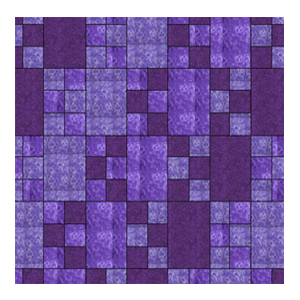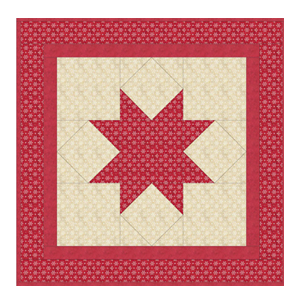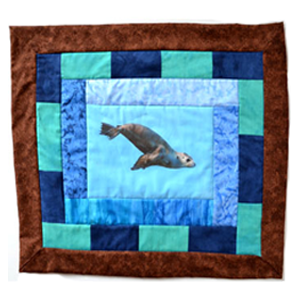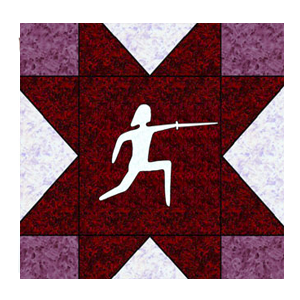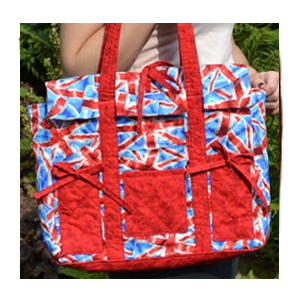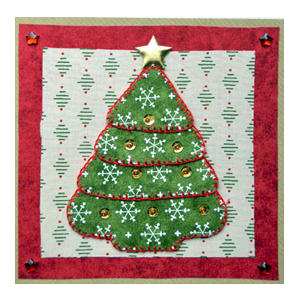How To - Your Questions Answered
We have compiled a comprehensive knowledge base of articles to help you with your quilting and design. Select an artlcle to read it.
Making a Mitred Edge binding
Mitred edge binding gives a neat corner and can be cut on the straight and can be single or double binding.
- Cut sufficient length to fit the whole quilt and join strips on the bias as necessary.
- Start in the middle of the bottom or side rather than at a corner or on the top.
- Pin the raw edge of the doubled binding to the quilt at your starting point and stitch your seam allowance.
- When you get to the corner, stop at your seam allowance distance from the end and do a back stitch or two.
- Take the piece out of the machine and place the binding at right angles from the piece to make a sharp right angle.
Mitred edge binding gives a neat corner and can be cut on the straight and can be single or double binding.
- Cut sufficient length to fit the whole quilt and join strips on the bias as necessary.
- Start in the middle of the bottom or side rather than at a corner or on the top.
- Pin the raw edge of the doubled binding to the quilt at your starting point and stitch your seam allowance.
- When you get to the corner, stop at your seam allowance distance from the end and do a back stitch or two.
- Take the piece out of the machine and place the binding at right angles from the piece to make a sharp right angle.
- Bring binding down so the fold is level with the edge of the fabric.
- Place back under the machine foot and stitch you seam allowance down from the top and in from the edge, do a few stitches, then back stitch before continuing to stitch forward to the end of the side.
- Repeat all corners.
- Bring binding down so the fold is level with the edge of the fabric.
- Place back under the machine foot and stitch you seam allowance down from the top and in from the edge, do a few stitches, then back stitch before continuing to stitch forward to the end of the side.
- Repeat all corners.
- Fold the binding over to the back and fold corner.
- Press before slip stitching onto backing.
- Fold the binding over to the back and fold corner.
- Press before slip stitching onto backing.


